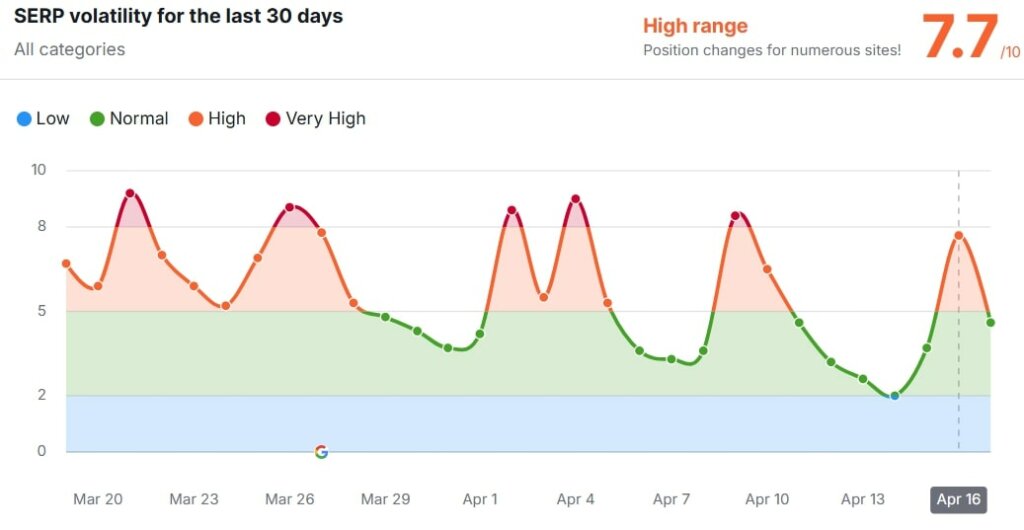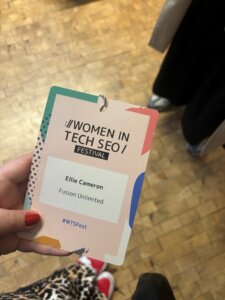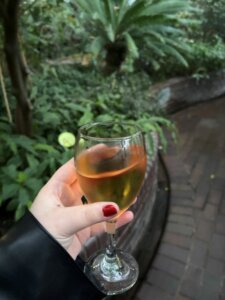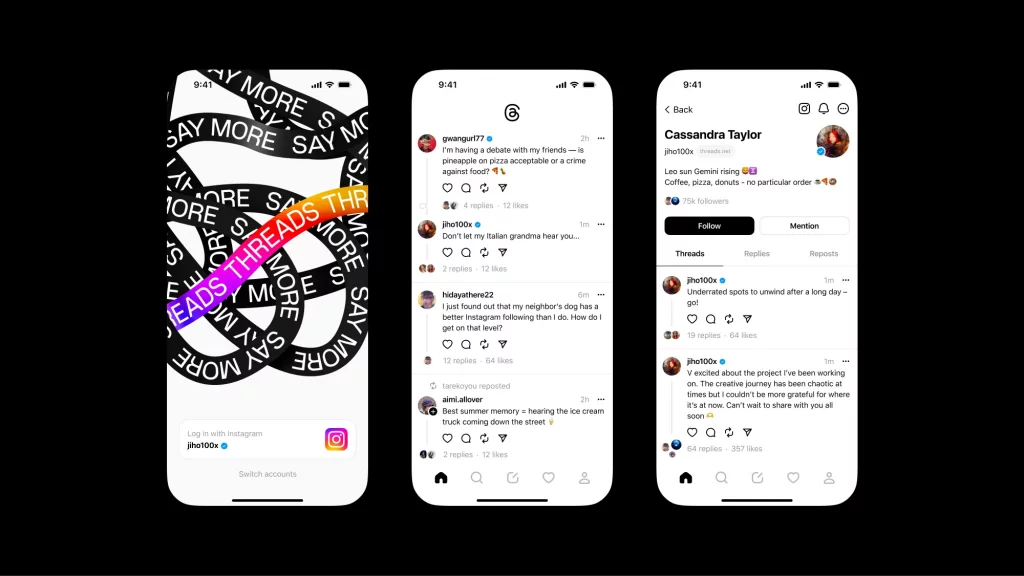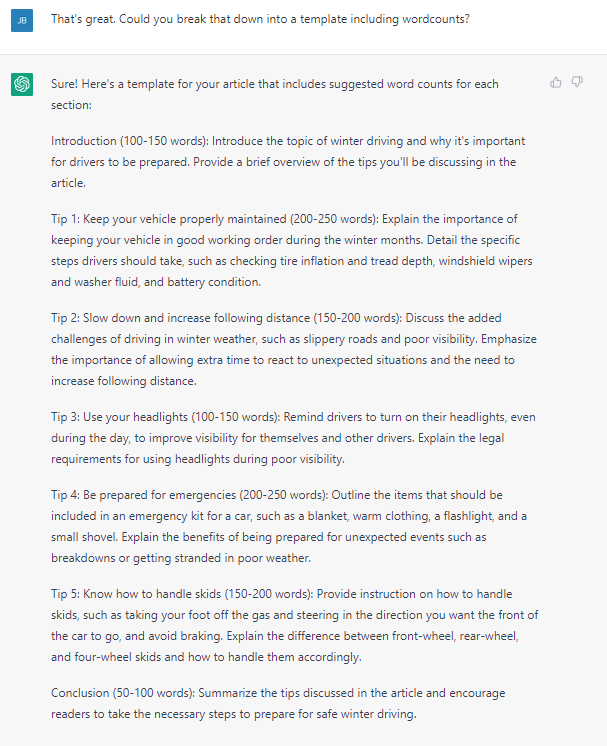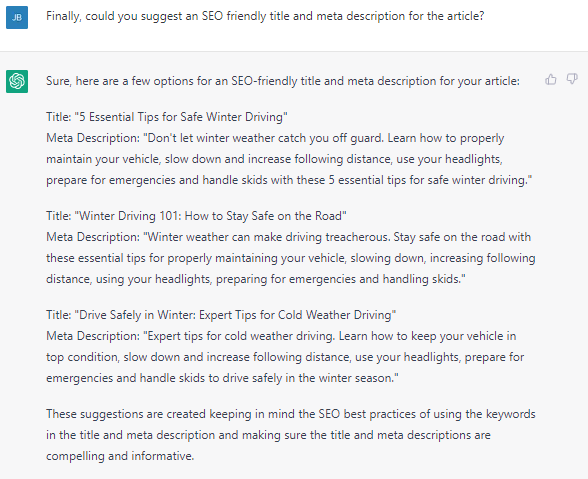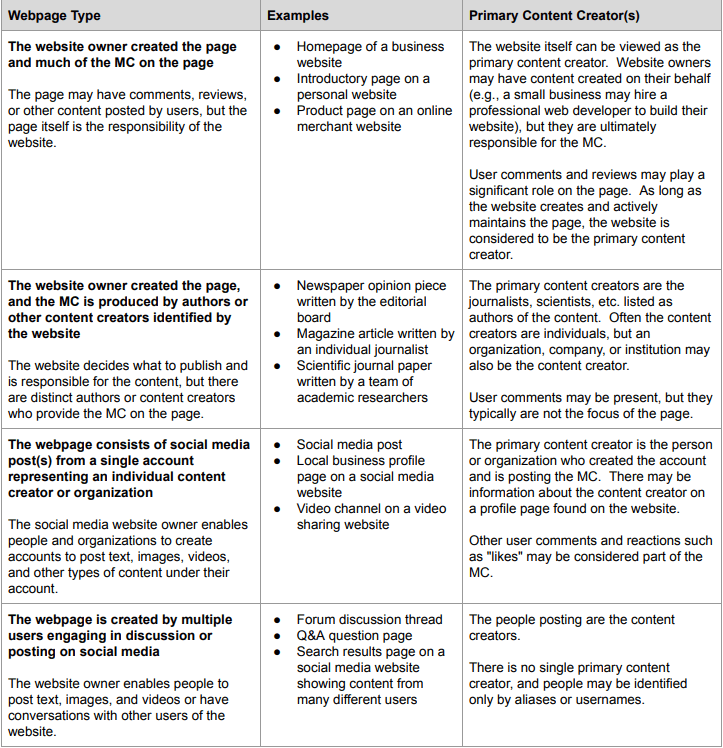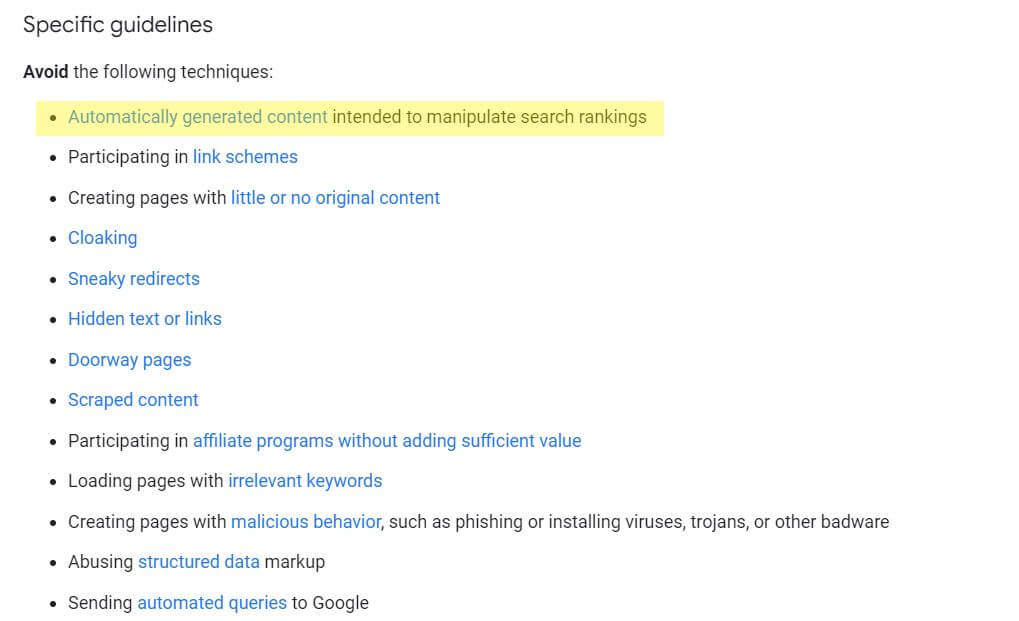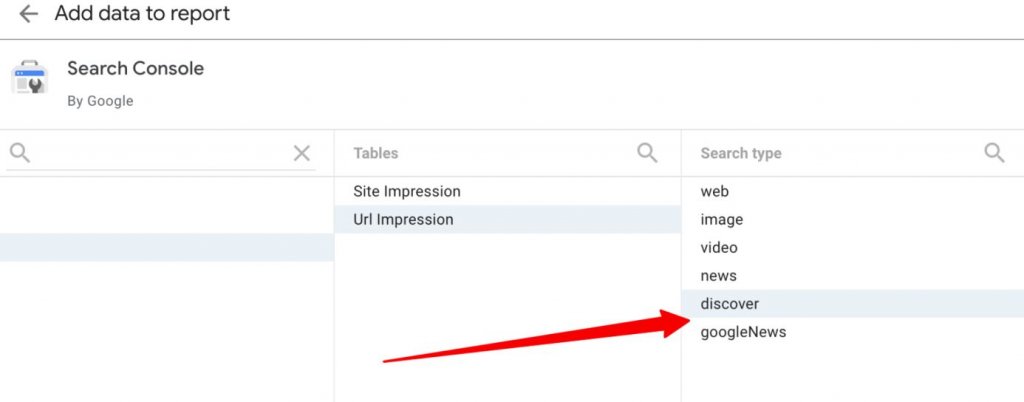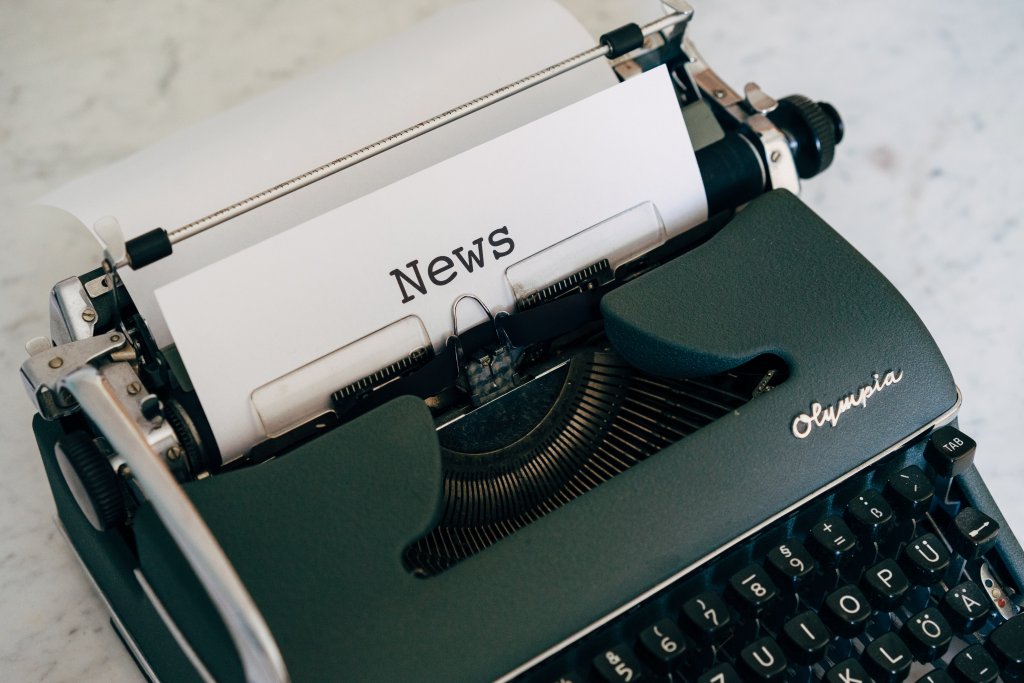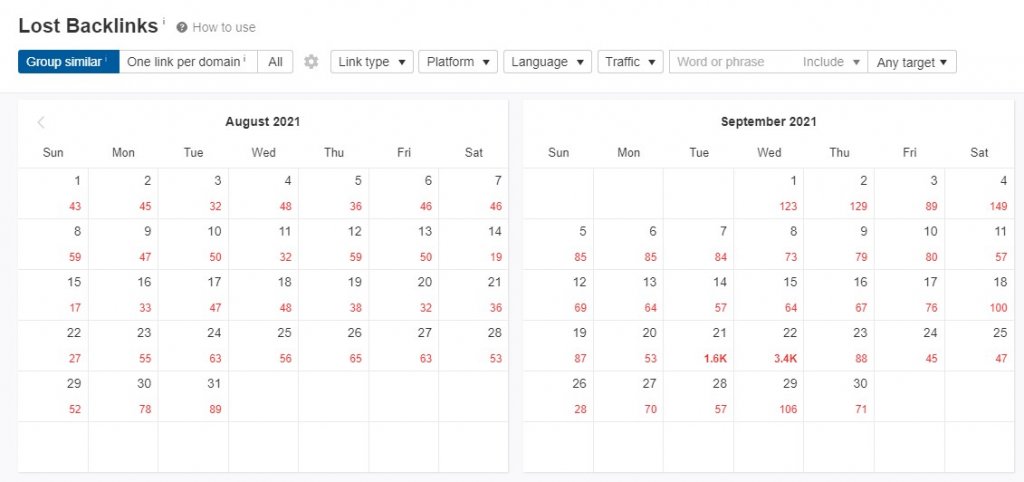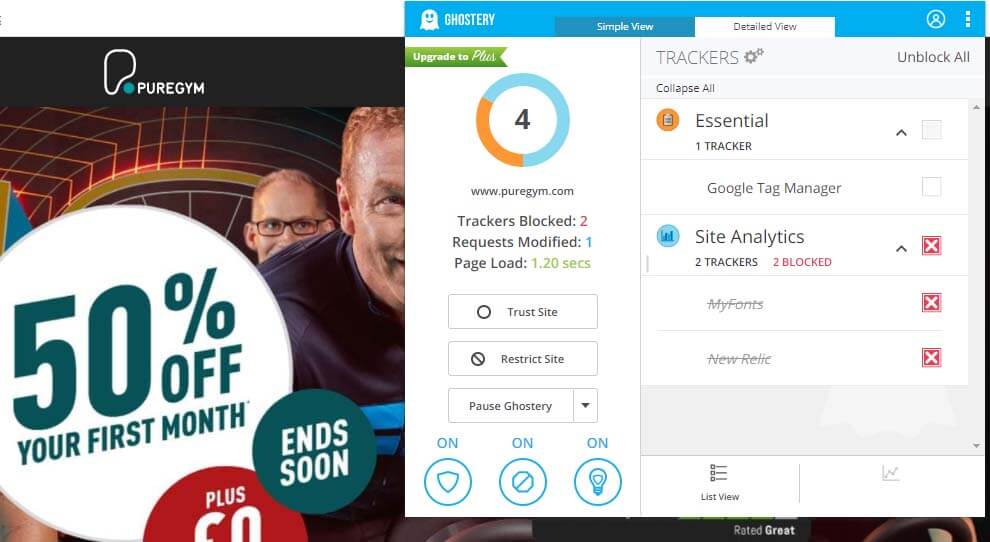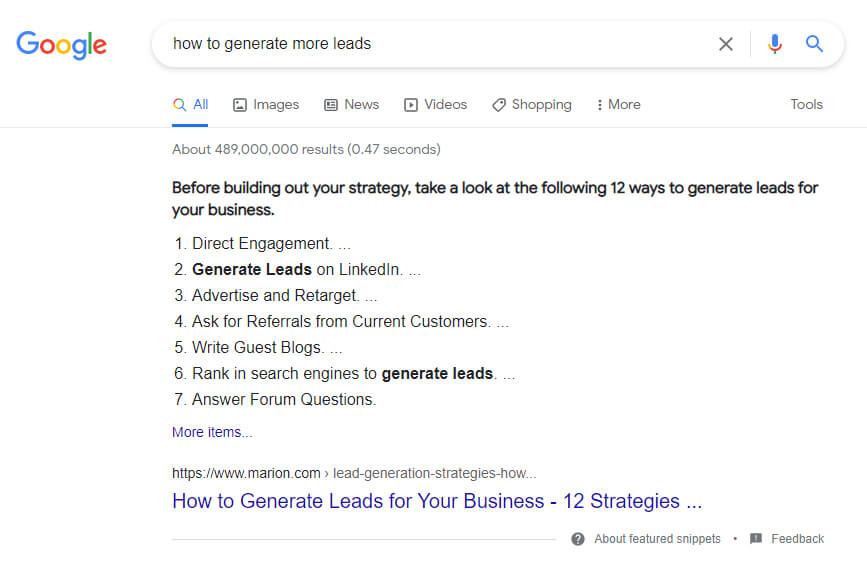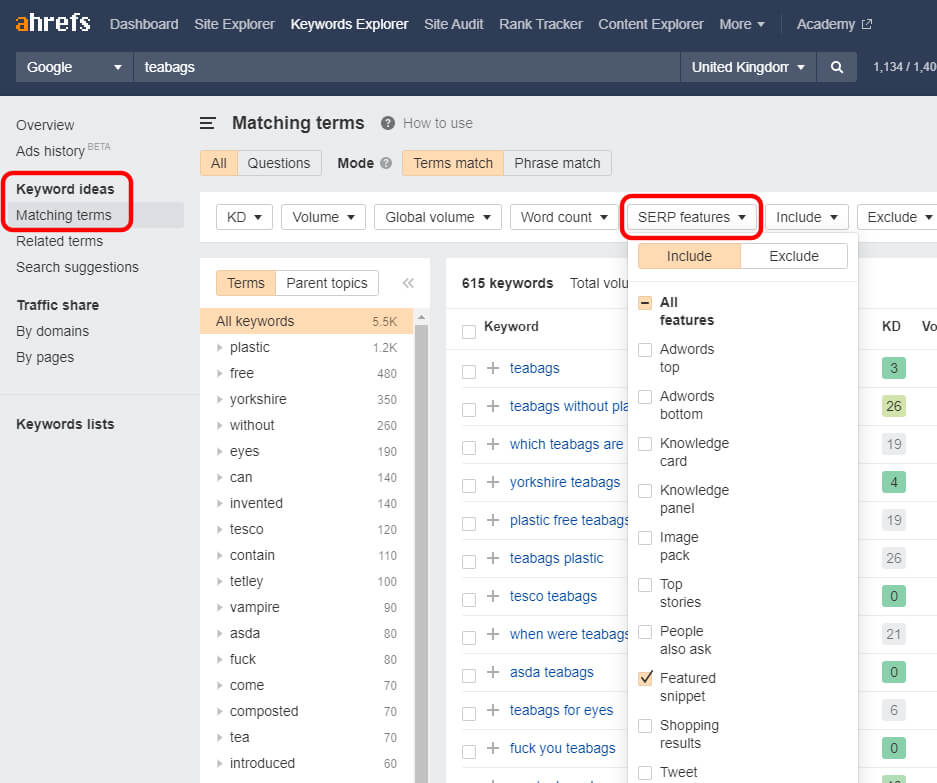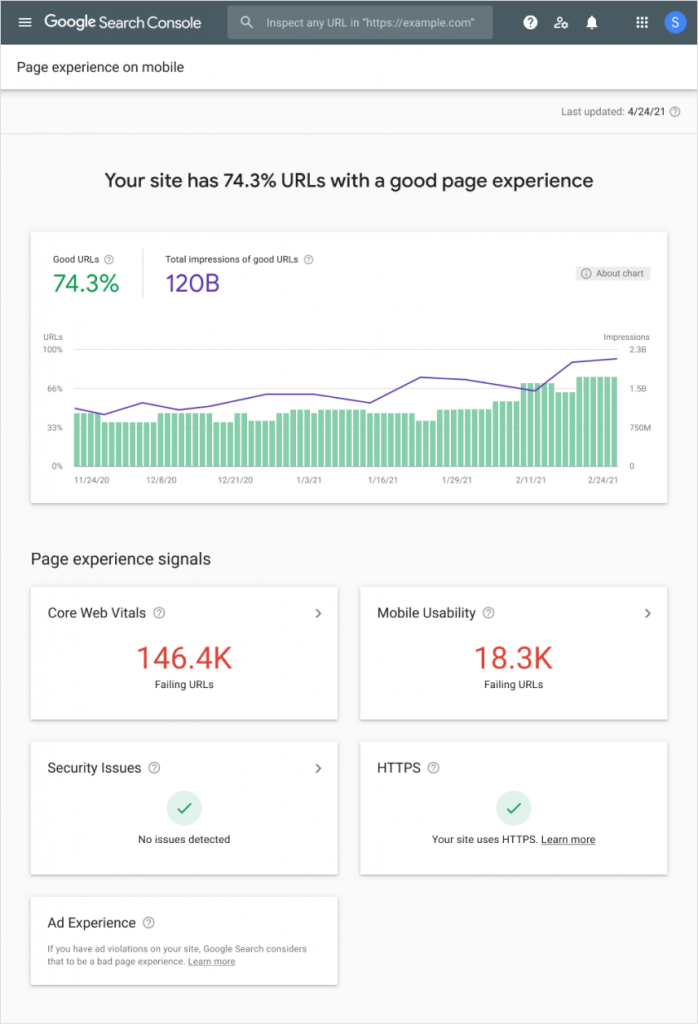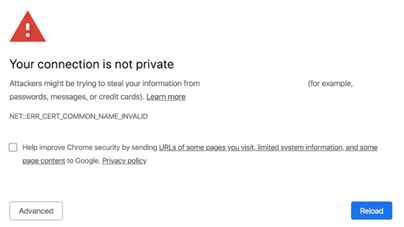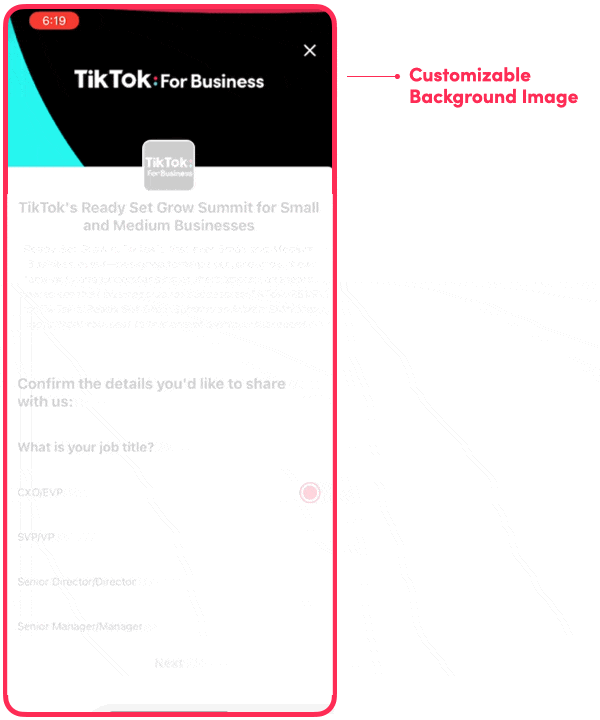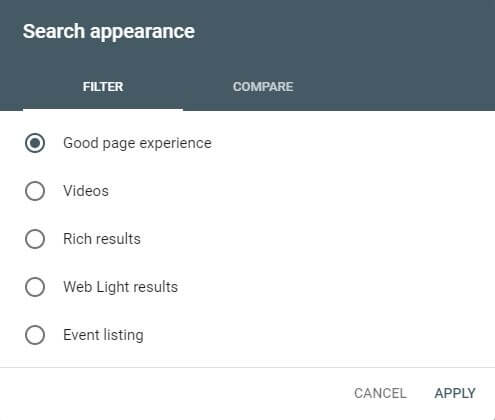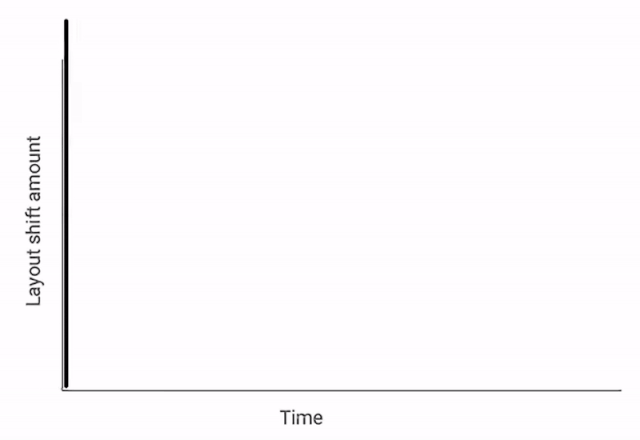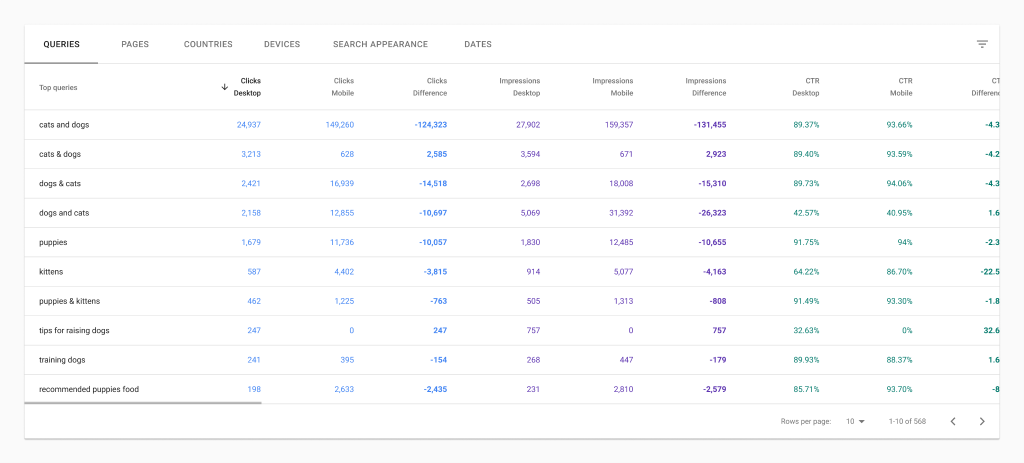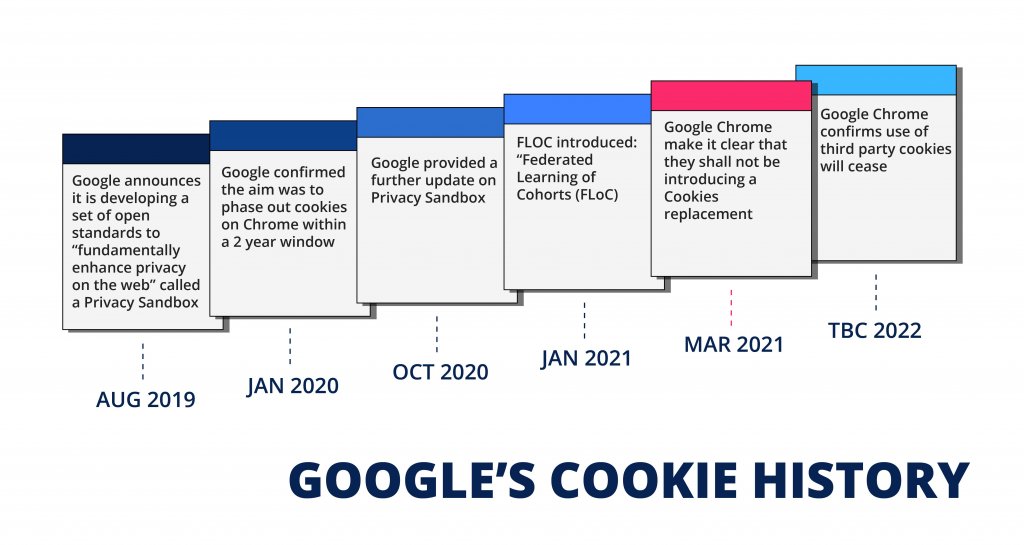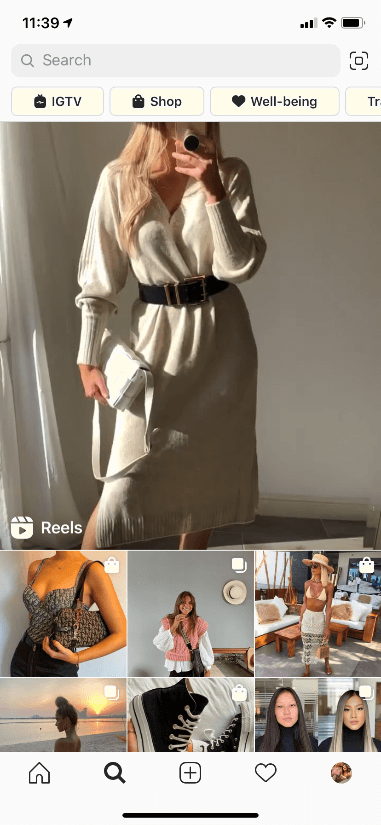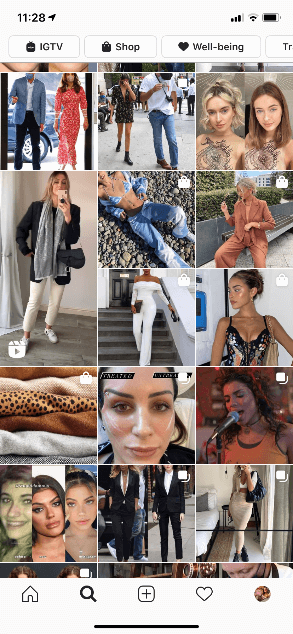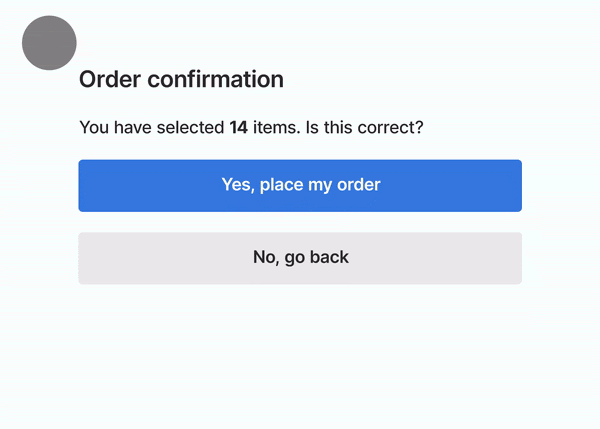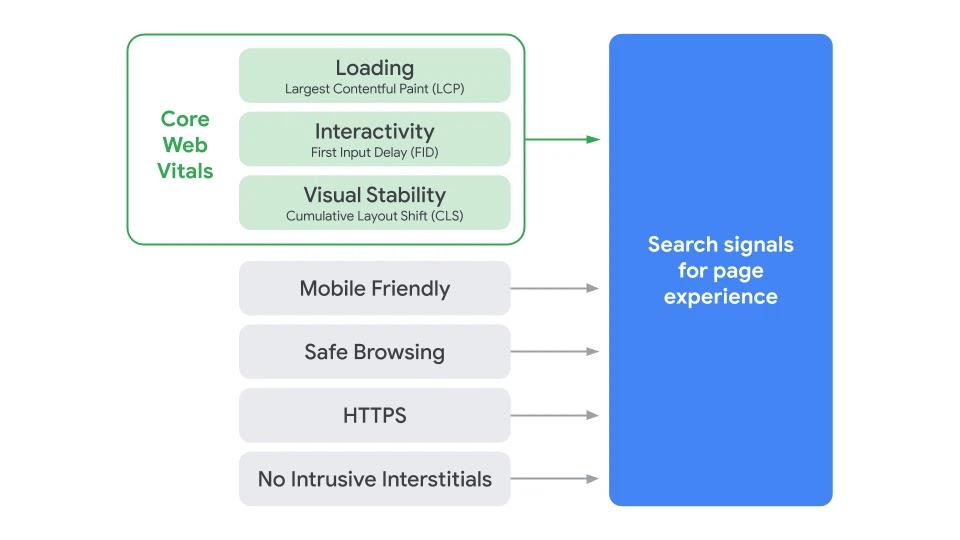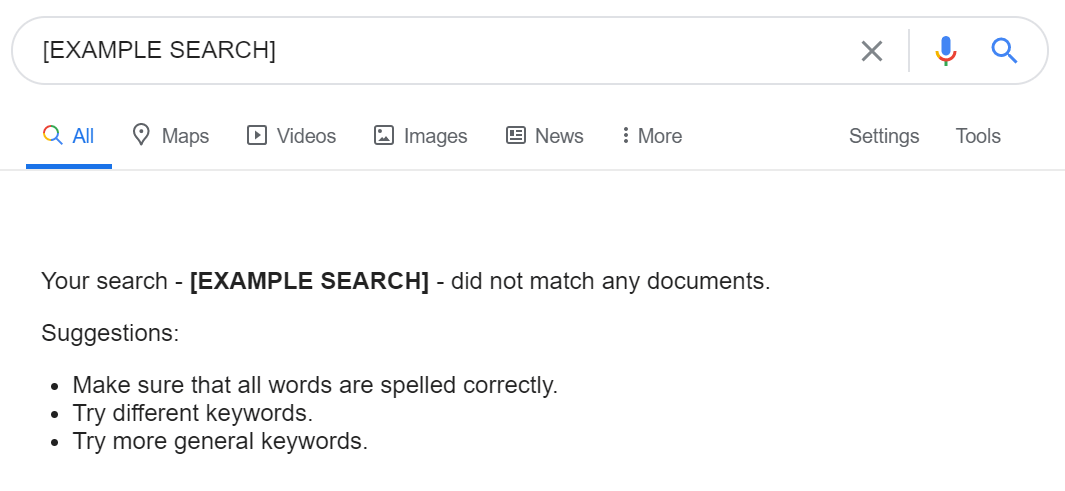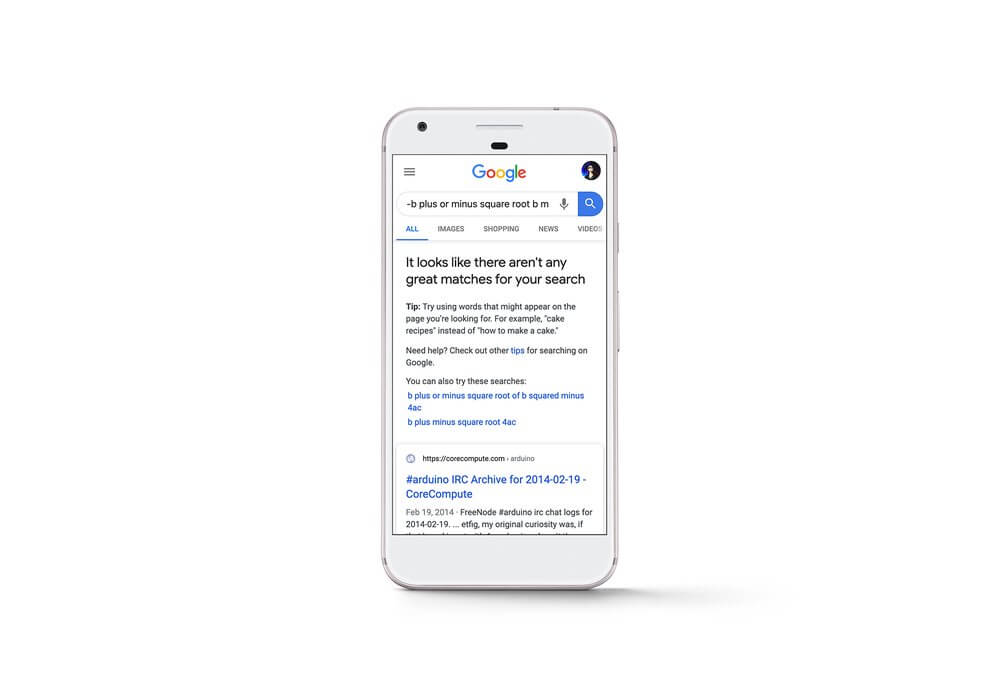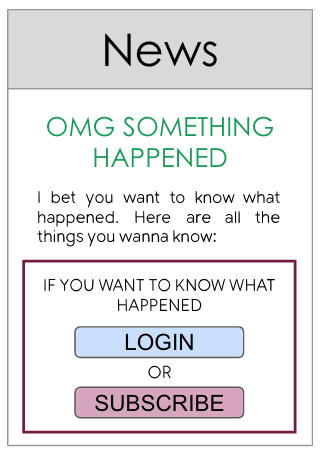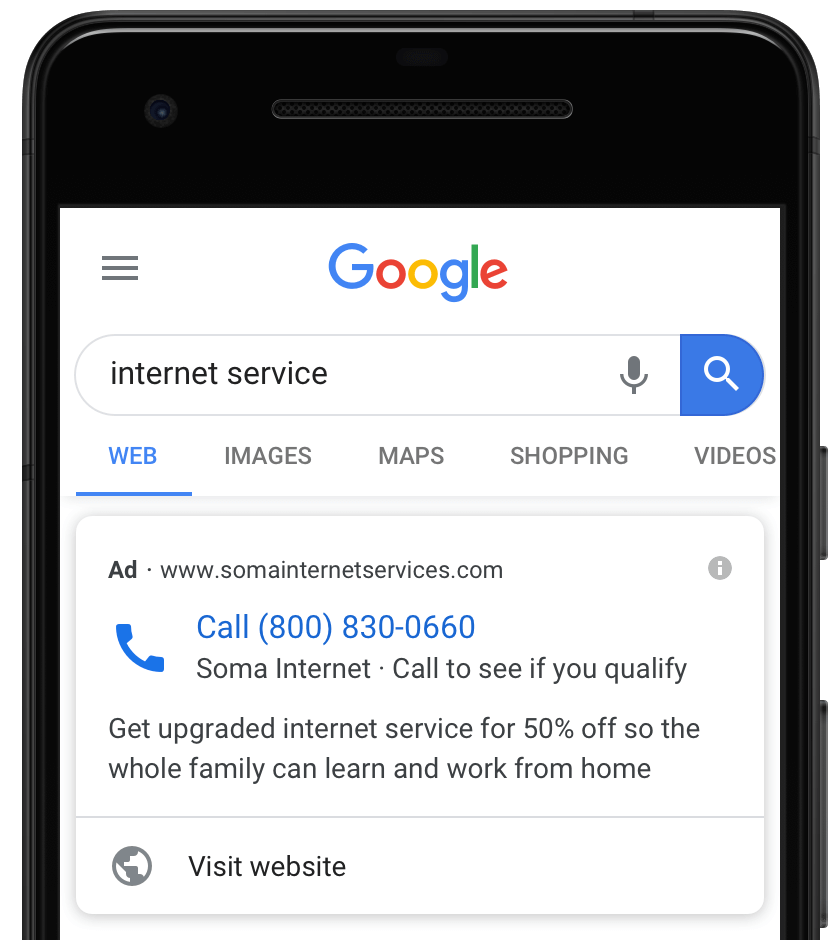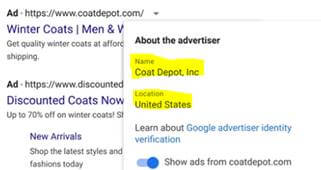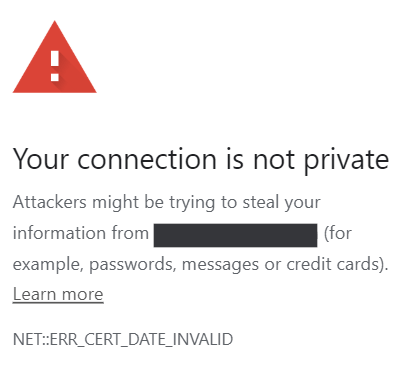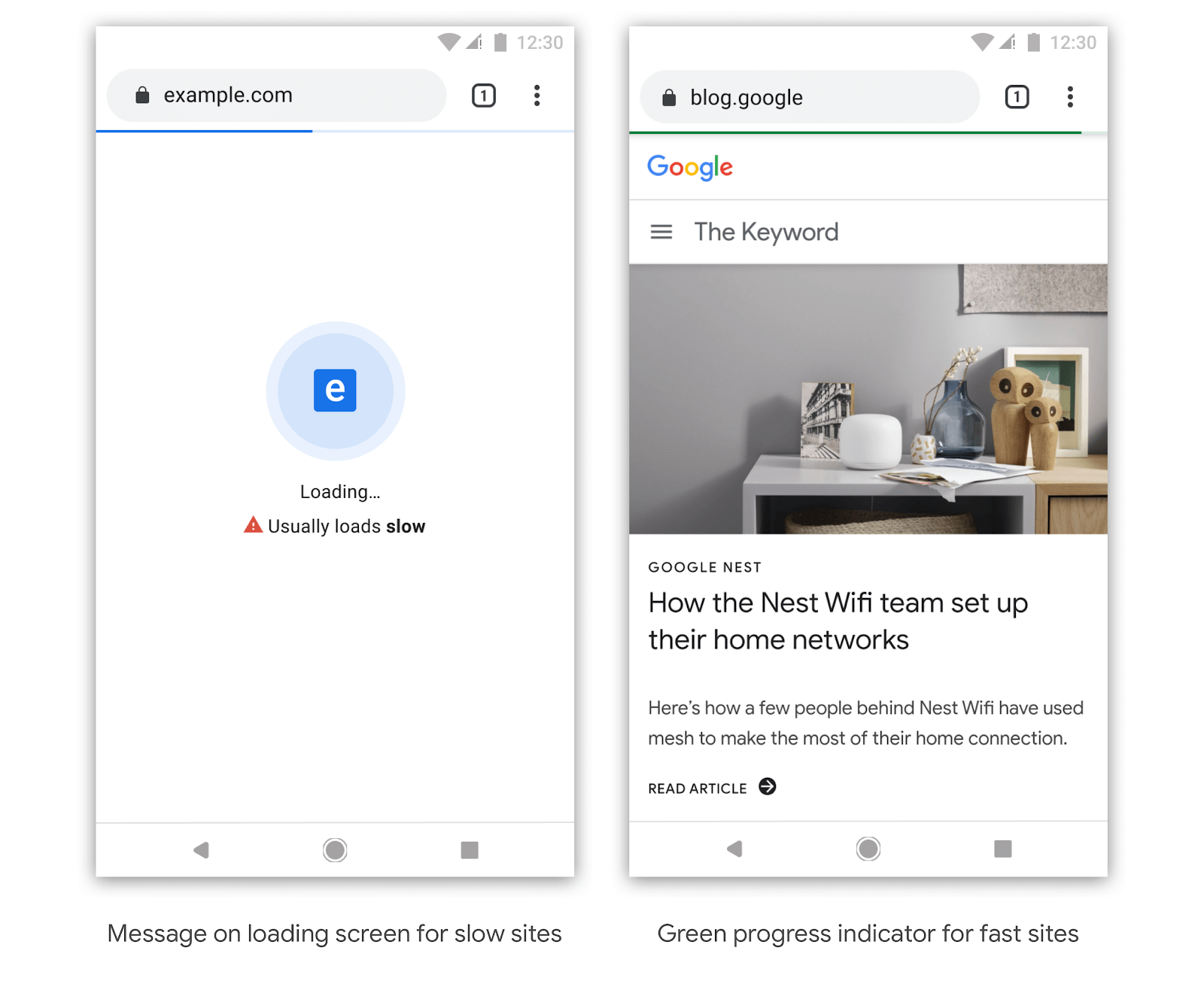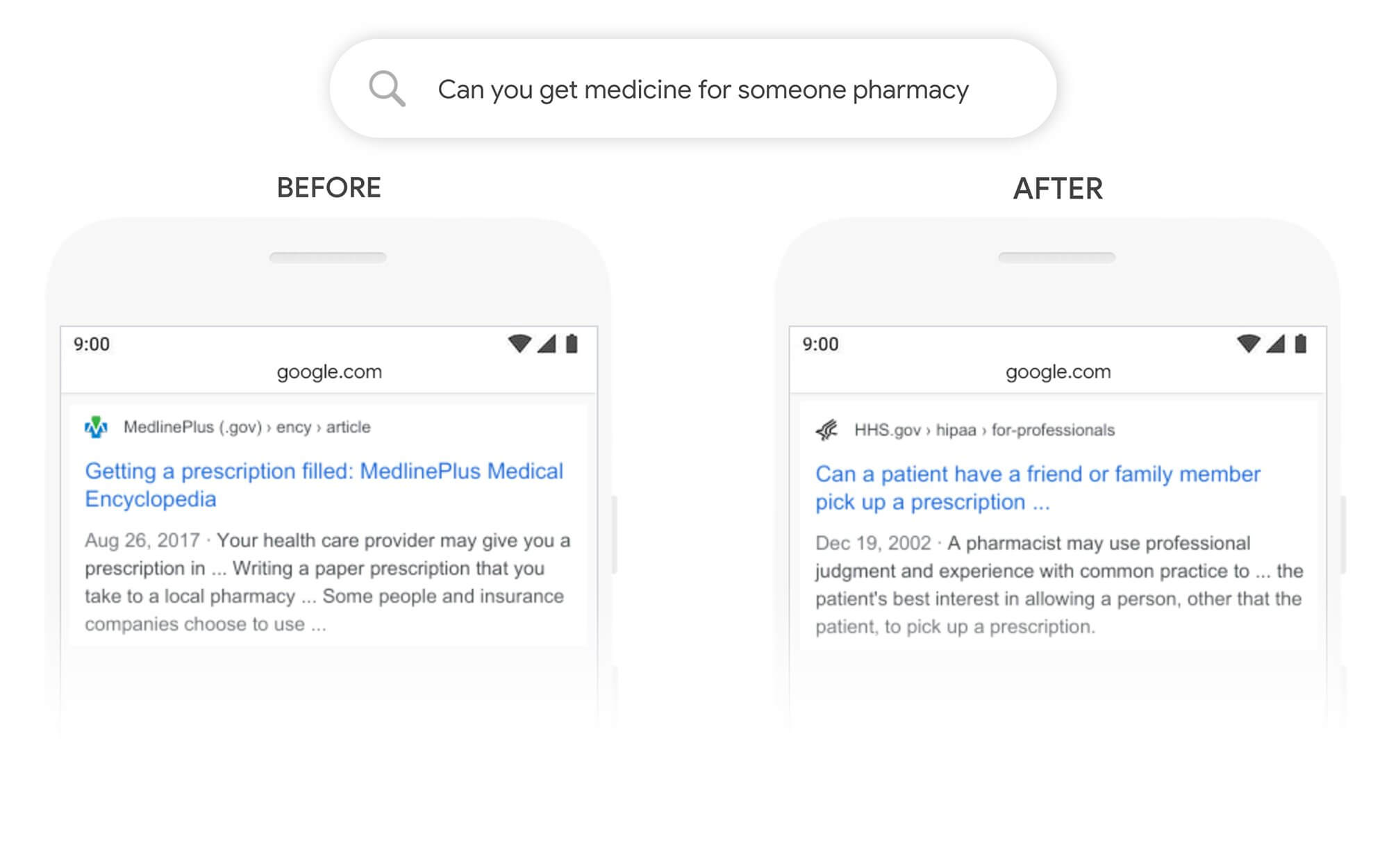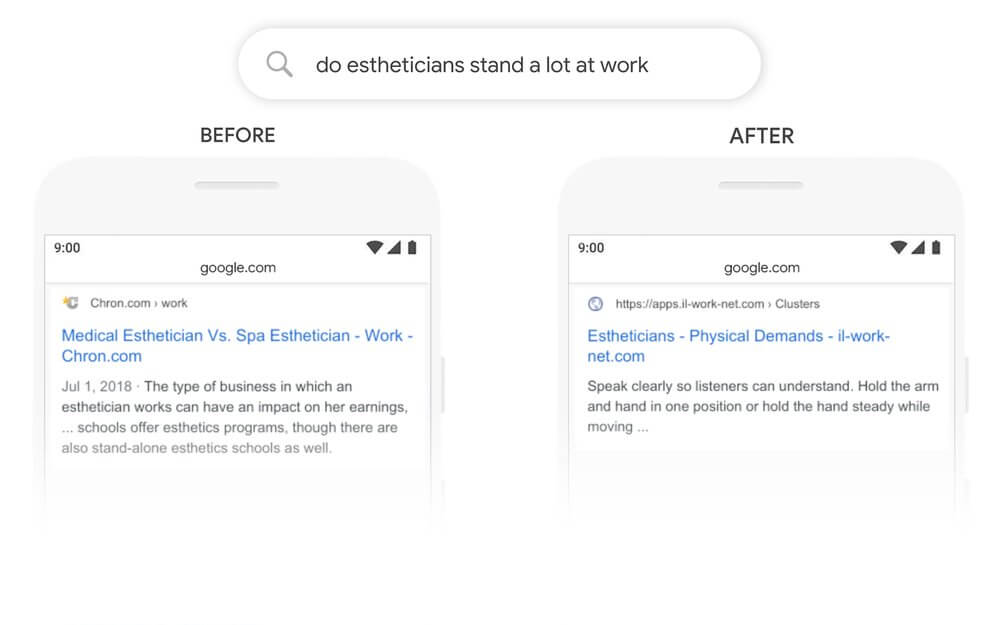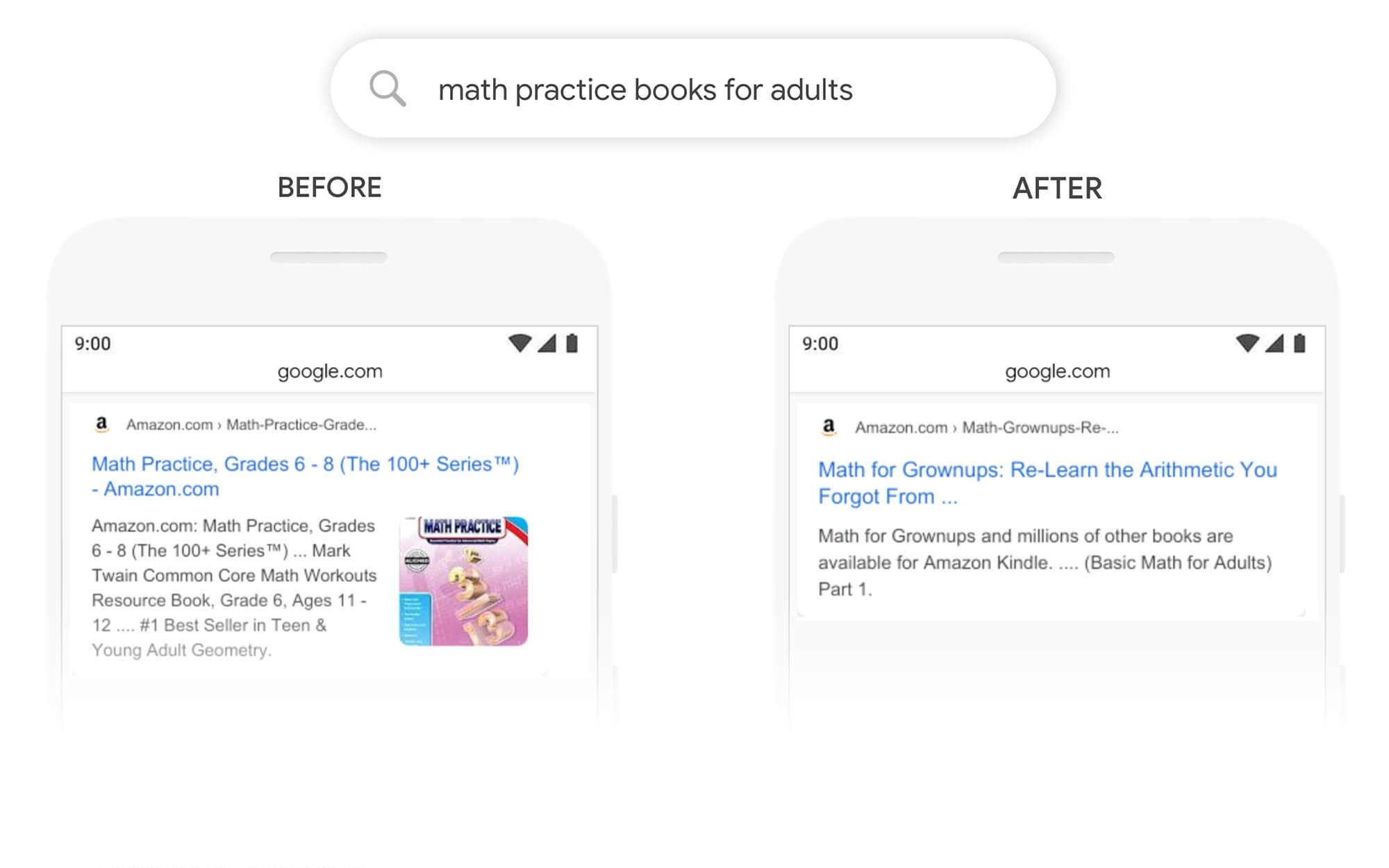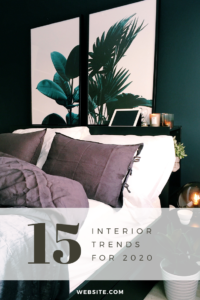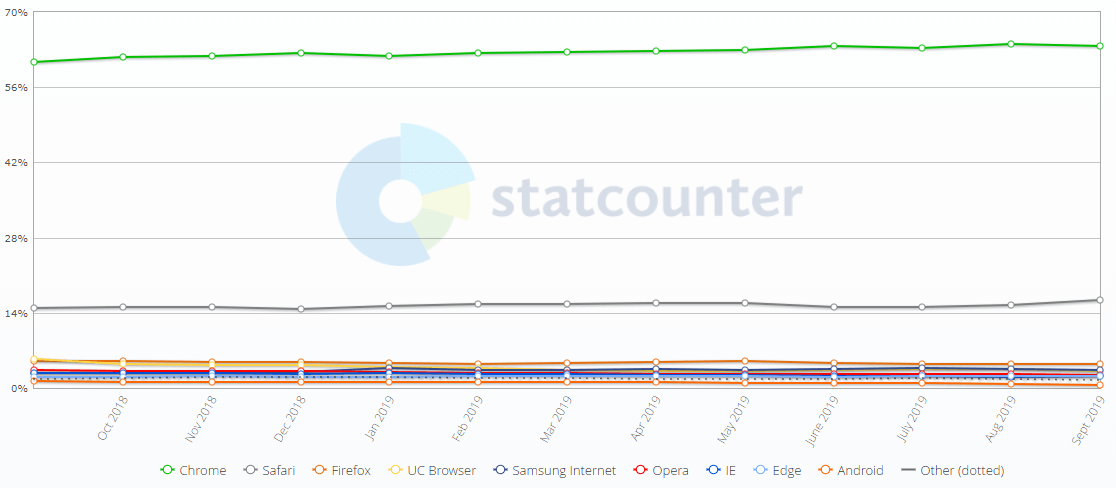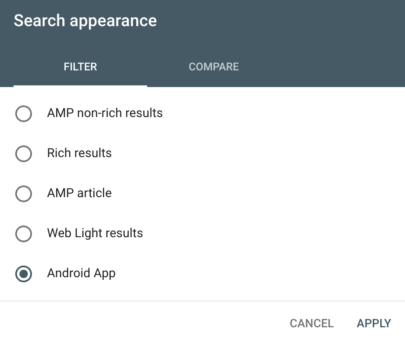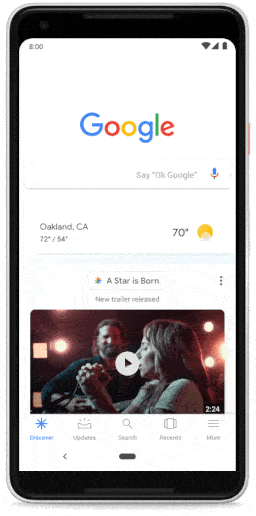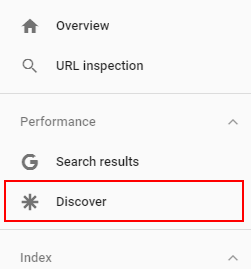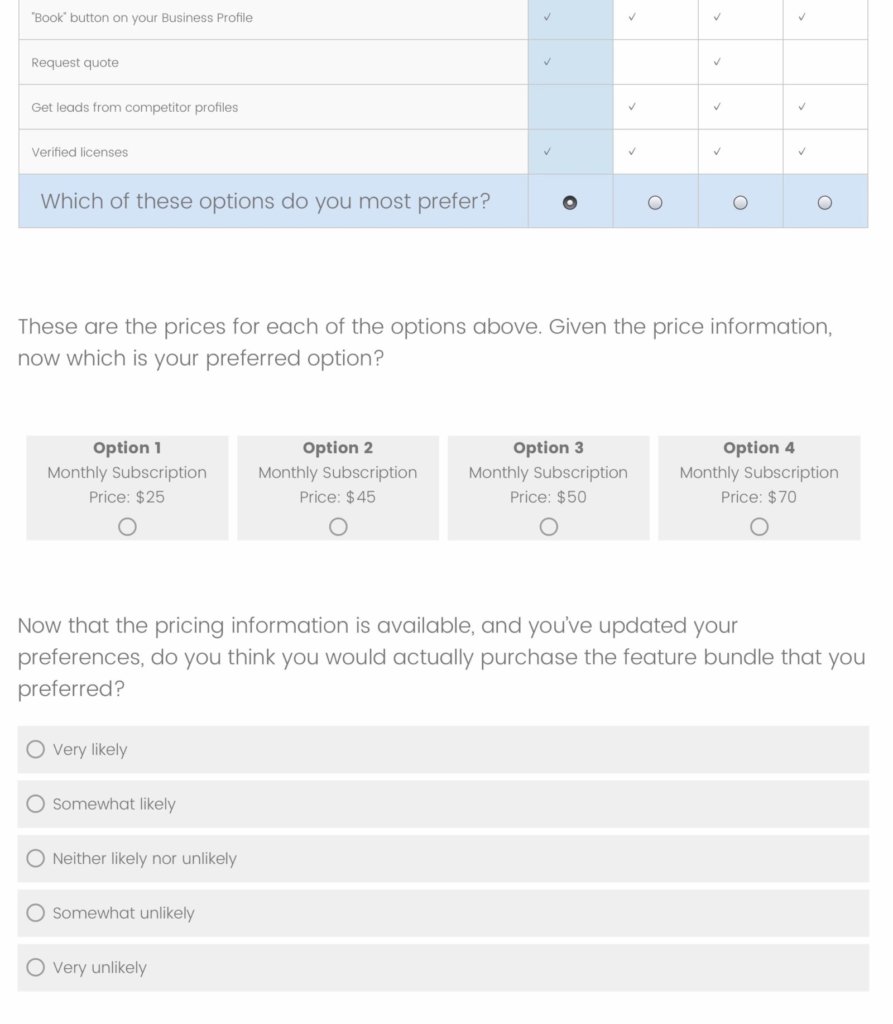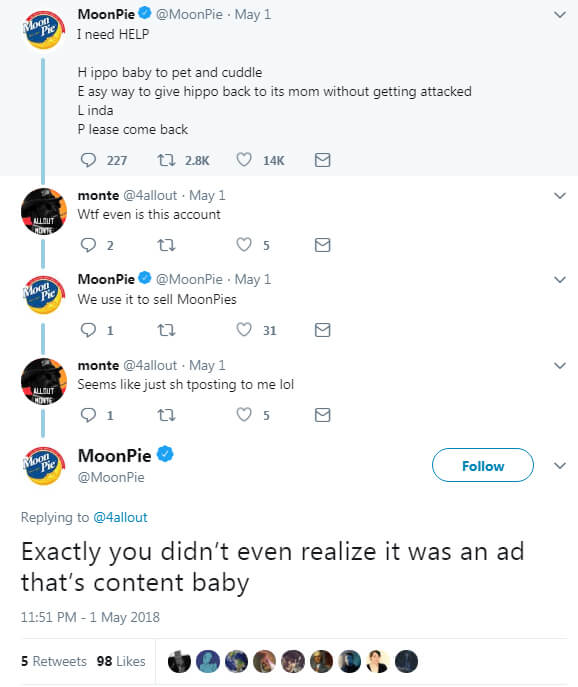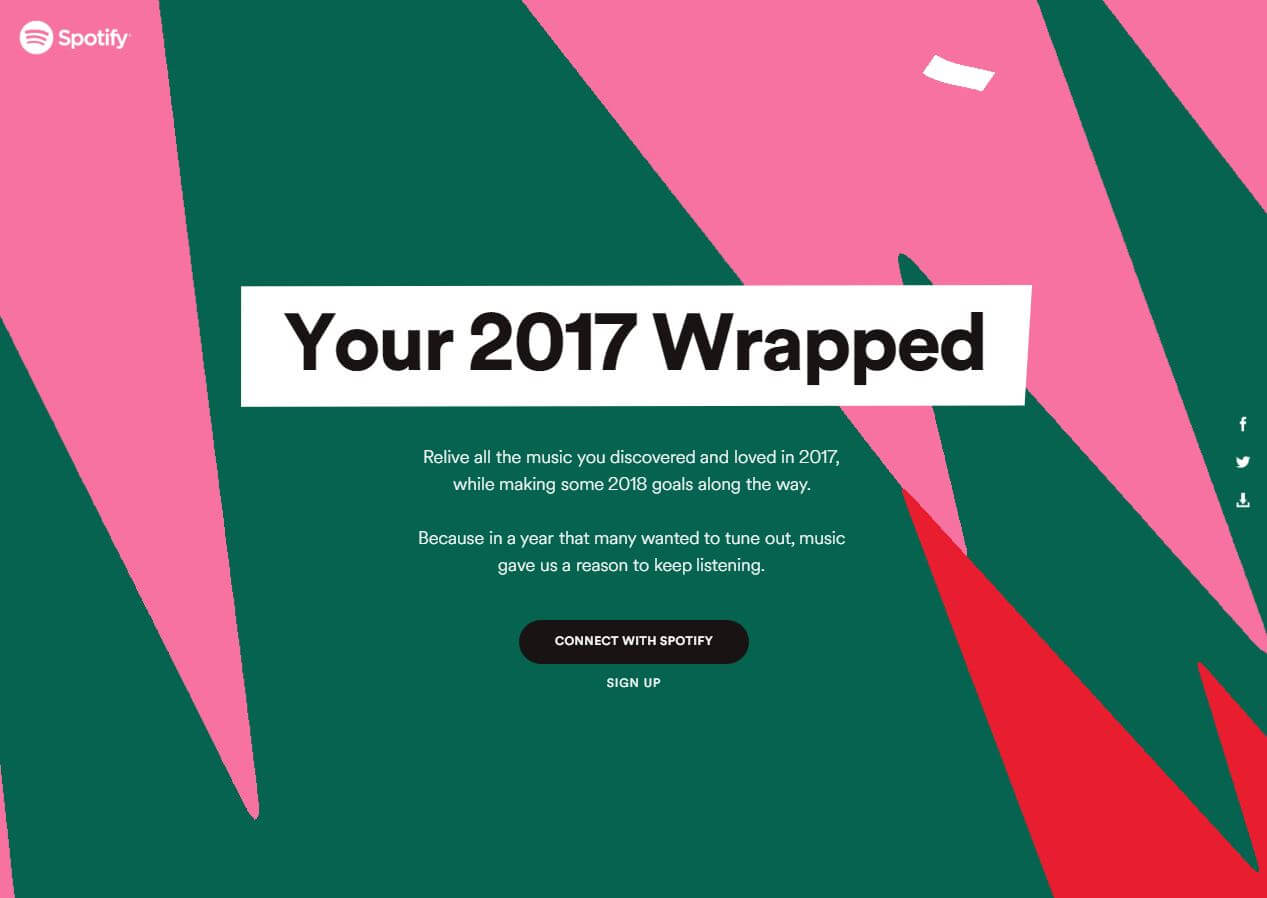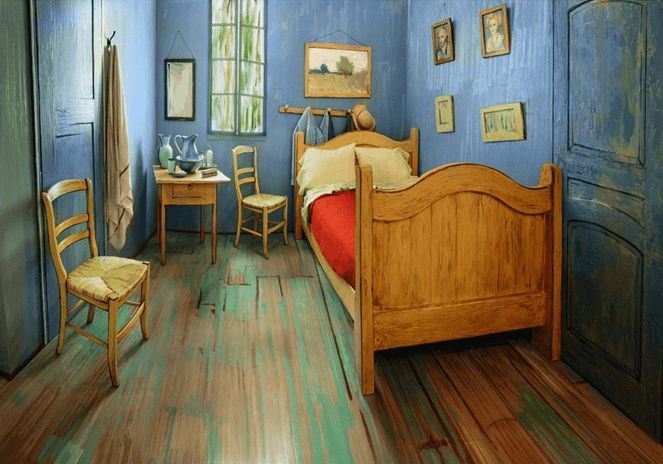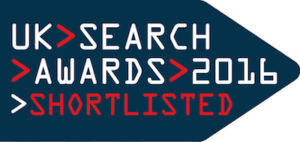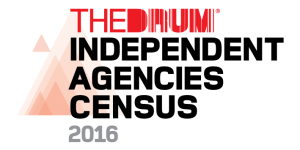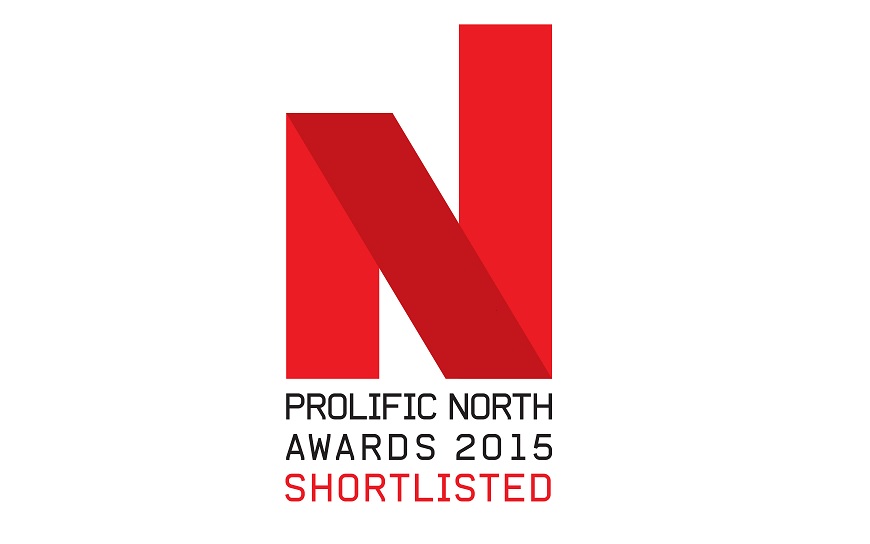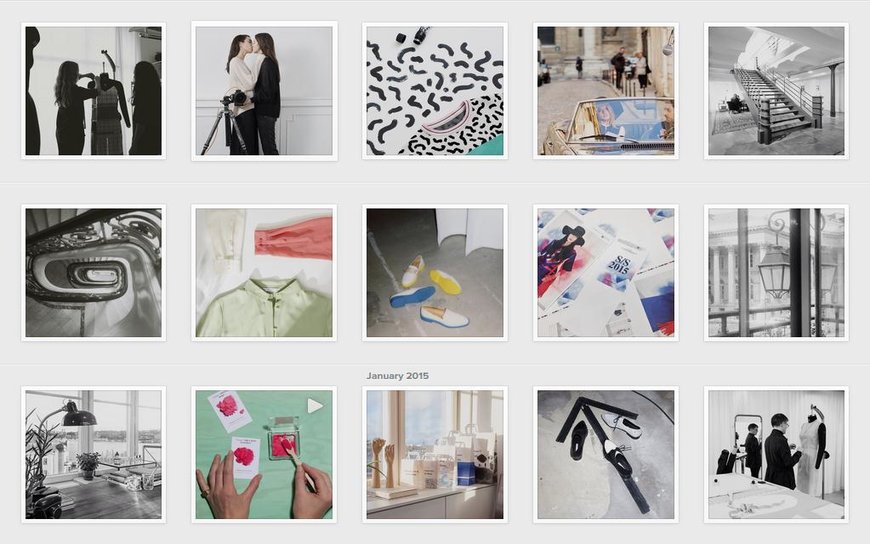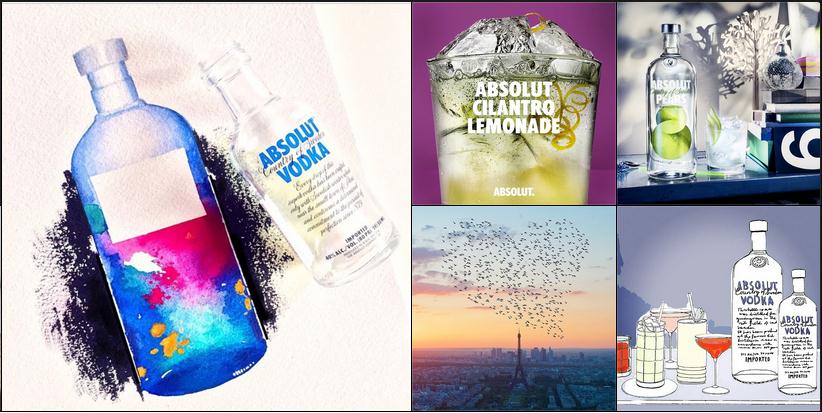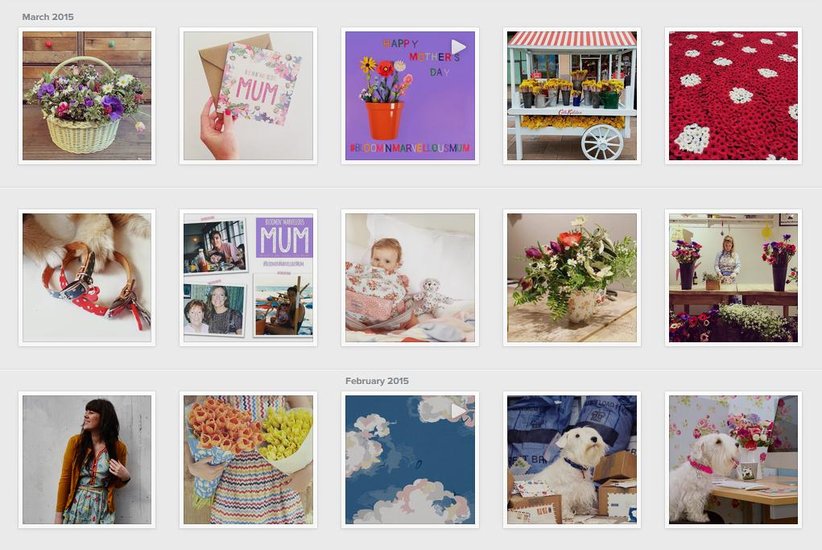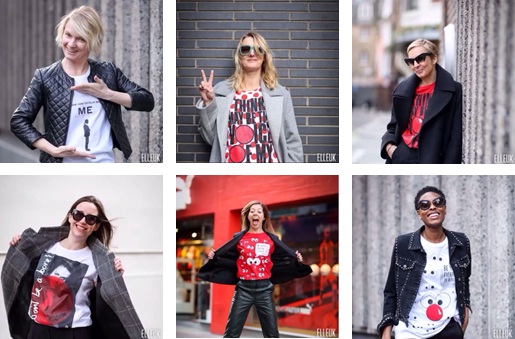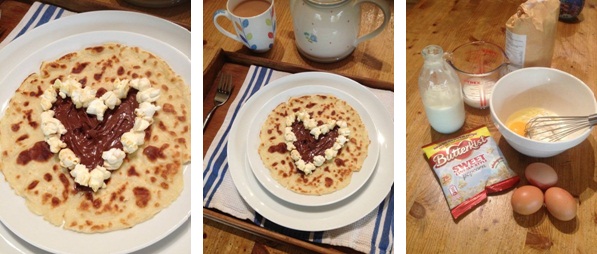2024 was a whirlwind of a year for SEO – from core algorithm updates being dropped out of the blue to more renditions of the Helpful Content Update and the introduction of AI Overviews in May 2024.
There was so much to be aware of, you may not have been able to keep up with all the ways in which the search engine results pages (SERPs) changed in the last 12 months. Our SEO team have collated this comprehensive overview of all of the changes to the SEO landscape in 2024 in an easily digestible report that you can share with your own team.
Check out our blog for more industry insights and digital marketing tips and tricks. You can also get in touch with our team if you’d like to find out how we can support you in 2025 with your SEO strategy.
Introduction
As the digital landscape evolves, 2024 was a transformative year for search engine optimisation (SEO). From core algorithm updates to groundbreaking advancements in artificial intelligence (AI) and significant antitrust rulings, this report dives deep into the key developments that have reshaped the SEO industry. This comprehensive analysis covers the latest Google updates, the rise of AI in search, and the implications of regulatory pressures and technological innovation on search engines.
Core Algorithm Updates
March, August, November and December Updates: Key Changes
Google’s core algorithm updates in 2024 marked a significant evolution in the search engine’s efforts to deliver highly relevant, accurate, and user-centric results. These updates continue to refine Google’s ability to interpret search intent, evaluate content quality, and prioritise authoritative, trustworthy sources. As the online ecosystem becomes more complex, these updates underscore Google’s commitment to balancing technological advancements with user expectations.
March 2024 Update:
- This update prioritised authoritative content, further enhancing Google’s ability to identify sites with strong experience, expertise, authority, and trustworthiness (E-E-A-T).
- Penalised black-hat practices such as keyword stuffing, private blog networks (PBNs), and thin affiliate content.
- Brands with well-structured content strategies saw significant gains.
August 2024 Update:
- The ‘Helpful Content’ component became part of the core algorithm. This change elevated content designed to fulfil user intent while devaluing content created purely to game rankings.
- AI-generated content faced closer scrutiny, emphasising originality and user utility.
- Sites focusing on niche expertise, well-researched content, and user experience benefited.
November 2024 Update:
- This update targeted spammy practices and bolstered location-based search accuracy.
- Featured snippets became more localised, with added context for users conducting regional searches.
- Marked improvements were made in understanding multilingual content.
December 2024 Update:
- The fourth and final core update of 2024 aimed to refine search results and quality.
- Content quality and relevance were key aspects of the update. Sites offering comprehensive and up-to-date information experienced positive impacts, while those with outdated or thin content faced declines.
- Focus on user experience and engagement metrics including page load speed, mobile-friendliness, and intuitive navigation.
- The update reinforced the significance of E-E-A-T, particularly for ‘Your Money, Your Life’ (YMYL) topics such as health and finance.
- Technical SEO aspects like page load speed, mobile responsiveness, and proper schema markup were crucial. Websites with strong technical SEO foundations aligned with the update’s objectives
Google Spam Updates
In 2024, Google implemented three significant spam updates to enhance the quality and reliability of its search results:
March 2024
- Launched concurrently with the March 2024 Core Update, this spam update focused on combating low-quality content, including AI-generated material and sites exploiting expired domains. The rollout began on March 5 and concluded by March 20.
June 2024
- Initiated on June 20 and completed on June 27, this update targeted a broad spectrum of spam tactics. It was a general spam update, not specifically addressing link spam or automating site reputation abuse policies.
December 2024
- Commencing on December 19, just a day after the December 2024 Core Update, this update aimed to further refine Google’s spam detection capabilities. The rollout was completed on December 26. This marked the third spam update of the year, underscoring Google’s commitment to maintaining high-quality search results.
These updates reflect Google’s ongoing efforts to combat spam and ensure that users receive relevant and trustworthy information in their search results.
Enhanced Understanding of Search Intent
A hallmark of Google’s 2024 core updates is the enhanced focus on understanding nuanced search intent. Google has integrated more sophisticated natural language processing (NLP) technologies to interpret ambiguous or multi-intent queries better. For example, a query like ‘best fitness tracker for seniors’ now yields results tailored to features important to older users, such as large screens, ease of use, and health monitoring capabilities.
This improvement extends to conversational and voice search as Google continues to optimise for queries in natural, spoken language. The algorithm increasingly considers context from previous searches, enabling more dynamic and personalised search experiences.
Stricter E-E-A-T Enforcement
Expertise, Experience, Authoritativeness, and Trustworthiness (E-E-A-T) remain at the forefront of Google’s core updates in 2024. Google has introduced stricter mechanisms to assess content creators and their qualifications. For example, websites publishing medical or financial advice face higher scrutiny, requiring demonstrable expertise or professional credentials.
This year, Google also released an updated ‘source transparency framework’, allowing users to directly view detailed information about an article’s author and publisher in search results. These enhancements aim to build user trust and combat misinformation in critical fields.
Focus on First-Person Expertise
To further differentiate high-quality content, Google’s algorithms now significantly reward first-person expertise. Content creators sharing hands-on experiences, original case studies, or personal insights are prioritised over generic, aggregated information. This update aligns with Google’s ongoing efforts to promote content that offers unique value and authenticity.
Greater Focus on AI-Generated Content
With the proliferation of AI tools, Google has refined its algorithms to better evaluate AI-generated content. While AI-produced articles are not inherently penalised, the updates prioritise content that demonstrates human oversight, originality, and depth. Google’s algorithms now actively devalue low-effort AI content that lacks unique insights or fails to meet user expectations.
Impact on SEO Practices
In response to these updates, SEO strategies in 2024 emphasise authenticity, authority, and user experience. Content creators are focusing on niche expertise, interactive formats, and multimedia integration to capture user attention. Structured data and schema markup remain critical to help Google better understand content context and purpose.
Technical SEO has also become increasingly important, as Google’s updates demand faster load times, mobile optimisation, and robust site security. Even with high-quality content, websites that fail to meet these standards are more likely to experience ranking drops.
These updates underscore Google’s continuous push for quality and intent-driven results, further aligning search engine results with user expectations.
The Evolution of the Helpful Content Update
Google’s Helpful Content Update, first introduced in 2022, continued to evolve significantly by 2024, shaping how content creators, businesses, and marketers approach online content. This update has now been baked into the core algorithm and aims to reward websites that prioritise user-first, informative content while demoting those that rely on clickbait, keyword-stuffed, or AI-generated material with little value.
Key Changes and Focus Areas in 2024
By 2024, the Helpful Content Update had expanded its focus to incorporate advanced semantic understanding and real-time user feedback. Google now uses cutting-edge machine learning models to better interpret context, tone, and intent, ensuring that search results align with user needs. For example, content that directly answers specific queries, demonstrates expertise, and provides comprehensive insights is favoured.
One of the most notable changes in 2024 is Google’s increased scrutiny of AI-generated content. While AI tools have become ubiquitous in content creation, Google emphasises that such content must be human-reviewed and enriched with unique perspectives, original research, or actionable advice. Websites using AI as a shortcut without human intervention are more likely to face penalties.
Google uses various behavioural signals to gauge user satisfaction and refine its search algorithms. While Google does not provide specific details about how these signals directly influence rankings, the general consensus among SEO experts and Google’s own guidelines suggest time on page, bounce rate, scroll depth and click-through rate are factors (Rose-Collins, 2024).
The Impact on SEO Practices
SEO strategies have evolved to align with the Helpful Content Update. Content creators now focus on audience engagement, tailoring materials to specific demographics or niche topics. Authenticity and expertise are paramount, as Google heavily weighs author credibility, citing evidence, and demonstrating authority within a field.
As Google continues to refine the Helpful Content Update, its 2024 iteration underscores a broader shift towards quality over quantity. This evolution reinforces the importance of meaningful, user-centric content in the digital age. It ensures that search remains a reliable user tool while continually challenging creators to improve their craft.
AI in Search
The introduction of AI Overviews has changed how users interact with search engines. By leveraging advanced generative AI, Google has transformed the search experience into one that is more conversational and contextually aware. Users now receive:
- Synthesised Results: Instead of links to multiple sources, AI Overviews generates comprehensive answers, pulling data from verified sources.
- Contextual Follow-Ups: Users can refine queries without rephrasing, as Search GPT maintains context across searches.
This development has blurred the line between traditional search and AI-assisted interactions, making search engines more intuitive and user-friendly. However, it has also raised concerns about:
- Publisher Visibility: Direct answers often reduce click-through rates (CTR) to publishers’ websites.
- Content Ownership: Questions around how AI leverages and credits source material remain contentious.
Search GPT also shifted user behaviour, with more searches tailored to conversational queries. For businesses, this means adopting a proactive approach to optimising content for AI-readability while ensuring their web pages remain a trusted source for in-depth exploration. The adaptation of AI-driven queries is no longer optional but a critical path to sustained search visibility.
Google’s AI Overviews
Google’s AI Overviews beta rolled out in 2024, integrating AI-driven insights into the search experience. By displaying conversational responses directly within search results AI Overviews has:
- Enhanced user engagement through personalised, detailed responses.
- Elevated the role of structured data in ensuring visibility within AI-driven outputs.
- Driven demand for concise yet informative content optimised for AI interpretation.
One key aspect of AI Overviews has been its ability to streamline complex search queries into actionable information. Businesses that rely on long-tail keywords are particularly poised to benefit, as these nuanced responses often pull data from niche and well-structured web content.
Advertising in AI Overviews
The integration of contextual advertising within Google’s AI Overviews has also reshaped how businesses approach paid search strategies. Ads are now seamlessly incorporated into AI-generated responses, aligning closely with the intent and needs of users. This has driven advertisers to prioritise relevance, ensuring their campaigns align with the insights provided by AI. AI tools to predict user behaviour and craft hyper-targeted campaigns have become essential in this new era of search advertising. These changes have redefined the balance between organic and paid visibility, challenging businesses to stay competitive by adapting their strategies to this evolving landscape.
Ahrefs’ analysis revealed that ads are now more prominently featured in AI Overviews. AI contextualises these ads to fit user queries, offering a seamless blend of organic and paid results (Ong, Q., & Pichai, S.2024). Advertisers have adapted by:
- Emphasising ad relevance to align with AI-generated insights.
- Using AI tools to predict user intent and craft hyper-targeted campaigns.
This change has also led to an evolution in PPC strategies. Advertisers leverage enhanced targeting options to appear in highly contextualised search scenarios, ensuring their ads remain competitive and relevant.
Overall, the introduction of Search GPT and AI Overviews has blurred the lines between traditional search and AI-powered experiences, setting a new standard for user interaction and engagement. While these advancements bring unprecedented convenience, they also demand significant adaptation from publishers and advertisers to thrive in an AI-first search ecosystem.
Antitrust Case Against Google
In a historic antitrust ruling, the Department of Justice (DOJ) found Google guilty of abusing its dominant market position to stifle competition and prioritise its own products and services in search results. The ruling marks a pivotal moment in the ongoing scrutiny of Big Tech companies, shedding light on practices that have long been criticised as anti-competitive.
The DOJ identified key concerns, including Google’s leveraging of its market dominance to suppress rivals and its preferential treatment of its own services in search rankings. According to the DOJ, these practices limited consumer choice and hindered innovation in the search and digital advertising markets.
DOJ’s Recommendations
To address anti-competitive behaviour, the DOJ recommended significant structural changes, including:
- Divesting Chrome: Requiring Google to sell its Chrome browser, reducing Google’s ability to track user behaviour and consolidate data across its ecosystem.
- Data Sharing: Google must be mandated to share search data with competing search engines.
- Independent Auditing: Introducing third-party oversight to ensure compliance.
Implications for Google’s Future
If implemented, these changes could profoundly reshape Google’s business model. The divestment of Chrome would curtail its data collection capabilities, while data-sharing mandates could empower competitors like Bing and DuckDuckGo to innovate and challenge Google’s dominance. For SEOs, this would signal a need to diversify optimisation efforts across multiple platforms rather than relying solely on Google.
The antitrust ruling also sets a precedent for broader regulatory actions across the tech industry, signaling a shift towards greater accountability for market leaders. Increased competition may benefit users, resulting in more diverse and consumer-friendly search options. As the case unfolds, it represents a significant step toward rebalancing the power dynamics in the digital ecosystem, potentially heralding a more competitive and equitable online environment.
Antitrust Court Revelations
Court proceedings in the landmark antitrust case against Google unveiled internal communications that contradicted the company’s public statements about the impartiality of its search rankings. These disclosures have amplified scrutiny of Google’s business practices, raising questions about the transparency and fairness of its algorithms.
The revelations cast doubt on Google’s long-held assertion that its search rankings are purely merit-based and unaffected by its business interests. Internal documents suggested instances where Google’s practices may have favoured its own products or services over competitors. This contradiction has fueled criticism from regulators, competitors, and publishers, highlighting the importance of transparency and accountability in maintaining trust with users and the broader digital ecosystem.
Furthermore, documents leaked from Google revealed that Google uses ranking factors that it had previously denied. These factors include click data, content freshness, and user interaction data (Nkhoma, 2024).
These findings have also emphasised the critical role of fair competition in the tech industry. As search engines play a central role in the online economy, ensuring unbiased and equitable practices is essential for fostering innovation and providing diverse user options.
For SEOs and digital marketers, these developments serve as a reminder to monitor regulatory changes closely. Any reforms arising from the case could lead to significant shifts in search engine algorithms, policies, and market dynamics, offering challenges and new opportunities in a potentially more diverse search landscape.
Google Lens and Visual Trends
Visual search continued its upward trajectory in 2024, driven by the growing adoption of Google Lens. Notable trends include:
- Broad Applications: From shopping to travel, users increasingly rely on visual search for product identification, price comparison, and inspiration.
- Content Optimisation: Websites with optimised images (e.g., alt text, metadata) experienced higher visibility in visual search results.
Beyond these, Google Lens has reshaped e-commerce, allowing users to search for products directly from photos. Businesses with visually engaging and technically optimised images have seen notable gains (Aggarwal, 2023). For SEO professionals, incorporating image SEO into broader strategies is now a necessity rather than an option.
Reddit Data Deal: Implications for AI and SEO
Google’s $60 million deal with Reddit to access its vast trove of user-generated content (UGC) for AI training has stirred significant debate within the tech and SEO communities. This partnership underscores the growing importance of UGC in shaping AI models and search algorithms, but it has also raised concerns about its broader implications (Roth, 2024).
One major point of contention is preferential treatment. Critics question whether Google’s partnership might result in Reddit’s UGC receiving favoured placement in search results, potentially disadvantaging other platforms and content sources. While Google maintains that its ranking systems remain unbiased, this deal has heightened scrutiny over how partnerships influence search visibility.
The deal also emphasises the critical role of UGC in search. UGC, particularly from platforms like Reddit, is valuable for addressing conversational and niche queries that traditional corporate content often overlooks. Its real-world insights and specificity make it an invaluable resource for search engines aiming to provide highly relevant results.
For businesses, this development reinforces the importance of incorporating diverse content types into their SEO strategies. By fostering community engagement and incentivising user contributions, brands can harness the power of UGC to enhance search visibility and capture emerging trends. In an AI-driven search landscape, authentic, user-centric content remains a key competitive advantage.
Zero-Click Searches
Zero-click searches continued to dominate search behaviour in 2024, with one study suggesting over 60% of searches resulted in users finding answers directly on the search results page (Goodwin, 2024). This trend is driven by Google’s increasing reliance on features such as snippets, knowledge panels, and AI-generated answers that provide immediate information without requiring users to click through to external websites.
This shift has heightened publishers’ concerns over declining click-through rates (CTRs) and maintaining visibility. As Google serves more answers directly within its ecosystem, businesses and content creators must adapt to ensure their content remains relevant and authoritative in this framework. Structured data and direct-answer content formats, such as concise, well-targeted responses, have become essential tools for achieving visibility in zero-click search results (Pak, 2024).
Despite the challenges, zero-click searches allow brands to establish authority and credibility by appearing in featured snippets or other prominent placements. Optimising content to align with user intent, leveraging schema markup, and focusing on quality, expertise-driven answers are vital strategies in this evolving landscape. While the zero-click trend reduces traditional traffic flow, it emphasises the importance of building brand recognition and trust within the search ecosystem itself, ensuring long-term relevance in a competitive digital environment.
Google C-Suite Changes and AI Prioritisation
In 2024, Google’s leadership transitions signaled a profound shift toward prioritising artificial intelligence (AI) as the company’s core strategic focus. Key appointments in the C-suite introduced leaders with deep expertise in AI and machine learning, reflecting Google’s commitment to embedding AI across its ecosystem.
New appointments included:
- Anat Ashkenazi: Appointed as Chief Financial Officer (CFO). Her role at Google includes enhancing transparency in AI and subscription services.
- Nick Fox: A Google veteran since 2003, Fox was promoted to lead the Knowledge & Information team, overseeing Search, Ads, Geo, and Commerce divisions. This move positions him as a key figure in Google’s AI product development.
- Debbie Weinstein: Elevated to head Google’s Europe, Middle East, and Africa (EMEA) operations, previously serving as Vice President and Managing Director of Google UK and Ireland. Her leadership is pivotal as Google navigates AI advancements and regulatory challenges in the region
These changes have positioned the company to remain at the forefront of innovation in an increasingly AI-driven tech landscape.
Strategically, Google has significantly ramped up its AI research and development investments. Google’s efforts highlight its dedication to advancing AI capabilities, from generative AI enhancements in its Search and Workspace products to collaborations with academic and industry leaders. This prioritisation ensures that its offerings stay ahead of evolving user needs and technological advancements.
Google’s emphasis on AI has also shaped its outward-facing strategy. AI integration is now a cornerstone of its product evolution, partnerships, and long-term goals. This shift serves as a clear signal for businesses to align their strategies with Google’s AI-first direction. Companies must embrace AI readiness by incorporating machine learning tools, optimising for AI-driven search environments, and exploring AI-based solutions to enhance user experiences.
Google’s leadership changes underscore that AI is no longer an option but necessary to stay competitive in today’s digital ecosystem.
Sunset of the “Cache:” Command
Google’s decision to remove the “Cache:” command in 2024 marked the end of a long-standing tool frequently used by SEOs to diagnose indexing and crawling issues. This command allowed users to view a snapshot of how Google last cached a specific webpage, offering insights into the search engine’s understanding of a site’s content and structure. Its removal signaled Google’s shift towards streamlining tools and promoting automated diagnostics.
While alternative methods, such as Google Search Console’s tools and third-party SEO platforms, can still provide insights, the removal of the “Cache:” command represents a broader trend in Google’s approach to search management. The emphasis is increasingly on user-friendly, automated systems that minimise reliance on manual interventions. This aligns with Google’s strategy to make search diagnostics accessible even to those without technical expertise.
Professionals must now adapt to leveraging more integrated tools and workflows, such as enhanced reports in Search Console, to monitor and resolve indexing issues. This evolution reflects Google’s push towards simplifying the search ecosystem while encouraging more robust and automated site management practices.
Reputation Abuse and Domain Selling
Reputation management faced mounting challenges in 2024 as domain-selling schemes and guest blog networks became more sophisticated. These tactics often involve acquiring high-authority domains with established reputations, repurposing them to manipulate search rankings or distribute low-quality content. This abuse undermines the credibility of search results and poses significant risks for businesses relying on organic rankings to maintain their reputation.
SEOs and digital marketers must now be vigilant in identifying and avoiding these unethical practices. Domain-selling schemes can lead to unpredictable ranking fluctuations as Google’s algorithms continue to crack down on manipulative link-building and content distribution. Guest blog networks, which often appear legitimate, can erode credibility if used to secure low-quality backlinks or disseminate irrelevant content.
Proactive monitoring tools have become indispensable in combating these threats. Regular audits of backlink profiles, content sources, and domain partnerships can help identify potential risks early. Ethical link-building practices, such as creating high-value, relevant content and fostering genuine relationships within industry networks, are critical for maintaining ranking stability.
Faced with these challenges, reputation management requires a shift toward long-term strategies. Businesses can safeguard their online presence and navigate an increasingly complex digital landscape by building authentic authority and trust.
Visibility Strategies: 2024 and beyond
SEO success in 2025 will be shaped by strategies prioritising content quality, technical excellence, and user-centric optimisation. As search evolves with AI-driven tools and zero-click searches, businesses that adapt to these trends will gain a competitive edge.
Content Quality remains the cornerstone of SEO performance. Clients now demand informative, engaging, and structured content to appear in featured snippets and AI-driven search results. Content tailored for direct-answer formats and enriched with concise, authoritative insights is more likely to capture user attention and rank prominently. Beyond quality, addressing user intent with precision is critical to achieving visibility in an increasingly competitive digital landscape.
Technical SEO continues to play a pivotal role. Websites that perform well in page speed, mobile usability, and overall site reliability are likelier to retain user engagement and rank higher. Implementing structured data has become essential to enhance discoverability, especially in AI-generated responses and rich search result formats. Ensuring seamless technical performance helps secure visibility in traditional and AI-enhanced search ecosystems.
Local SEO remains crucial, particularly for businesses targeting region-specific audiences. Companies can effectively capture regional intent by optimising Google Business Profiles and creating localised content. Local search remains a vital channel for small to medium-sized businesses aiming to grow their presence in specific markets.
Businesses that succeed in 2025 will leverage AI tools to analyse gaps in their content strategies and enhance personalisation, which has emerged as a driving force in modern SEO. These tools help craft highly relevant and engaging user experiences that align with evolving search algorithms. As search becomes increasingly complex, the most effective strategies balance high-quality content, technical precision, and an understanding of user behaviour to create lasting visibility and engagement.
Conclusion
The SEO landscape in 2024 was defined by rapid innovation, increased regulatory scrutiny, and the growing influence of AI. Navigating this complex environment requires adaptability, a commitment to quality, and a strategic approach to emerging trends. As search engines evolve, businesses must also employ strategies to maintain visibility and relevance.
Staying ahead in search rankings requires expertise, strategy, and adaptability as the digital landscape evolves. At Fusion Unlimited, we specialise in delivering tailored SEO solutions that drive real results. Whether optimising for AI-driven search trends, enhancing your technical SEO, or creating compelling content that resonates with your audience, our team is dedicated to helping your business thrive online.
This report highlights the potential growth opportunities for your business through effective SEO practices. However, navigating these changes and maintaining a competitive edge can be challenging without the right support. By partnering with Fusion Unlimited, you gain access to experienced professionals who will craft and execute a strategy specifically for your goals.
Let’s turn insights into action. Get in touch with us today to discuss how we can elevate your online presence and deliver measurable outcomes. Together, we’ll ensure your business competes and leads in your industry.
References
Aggarwal, B. (2023, October 31). Visual optimization must-haves for AI-powered search. Search Engine Land. Retrieved December 24, 2024, from https://searchengineland.com/visual-optimization-must-haves-ai-powered-search-433908
Goodwin, D. (2024, July 2). Nearly 60% of Google searches end without a click in 2024. Search Engine Land. Retrieved December 24, 2024, from https://searchengineland.com/google-search-zero-click-study-2024-443869?
Nkhoma, K. (2024, June 17). The Google Search Algorithm Leak: What It Means and Decoding It For You. AIOSEO. Retrieved 17 January 2025 from https://aioseo.com/google-search-algorithm-leak/
Ong, Q., & Pichai, S. (2024, October 8). Google AI Overviews (Formerly Google SGE): All You Need to Know. Ahrefs. Retrieved December 24, 2024, from https://ahrefs.com/blog/google-ai-overviews/
Pak, S. (2024, October 25). How Zero-Click Searches Are Changing SEO. Single Grain. Retrieved December 24, 2024, from https://www.singlegrain.com/seo/zero-click-seo/
Reid, L. (2024, October 3). Ask questions in new ways with AI in Search. Google The Keyword. Retrieved January 17, 2025 from https://blog.google/products/search/google-search-lens-october-2024-updates/
Rose-Collins, F. (2024, December 17). User Engagement Signals That Influence Google Rankings. Ranktracker. Retrieved January 17 2025, from https://www.ranktracker.com/blog/user-engagement-signals-that-influence-google-rankings/
Roth, E. (2024, February 22). Google cut a deal with Reddit for AI training data. The Verge. Retrieved December 24, 2024, from https://www.theverge.com/2024/2/22/24080165/google-reddit-ai-training-data
